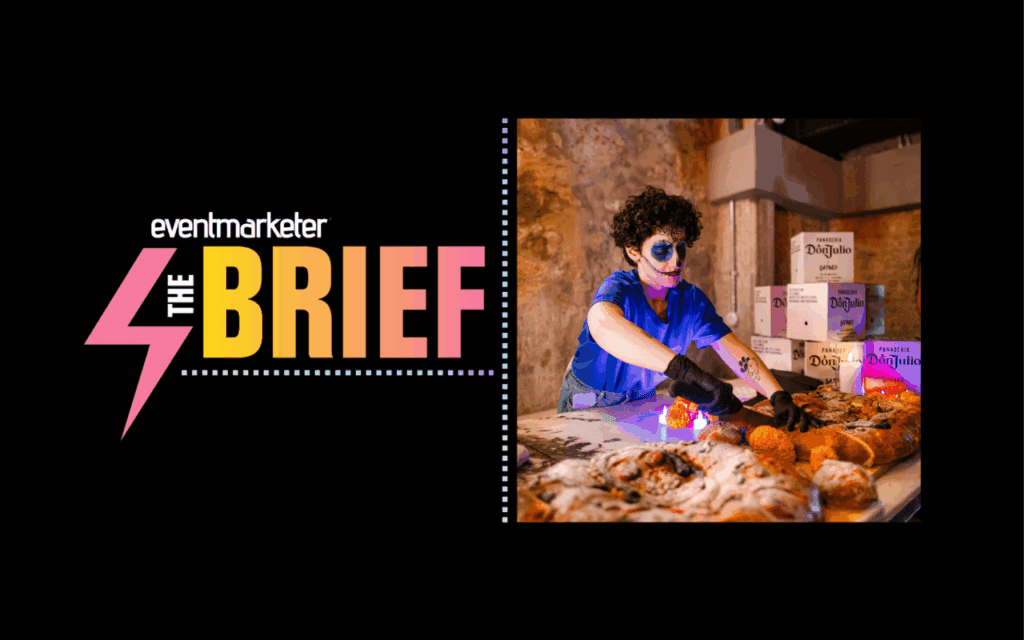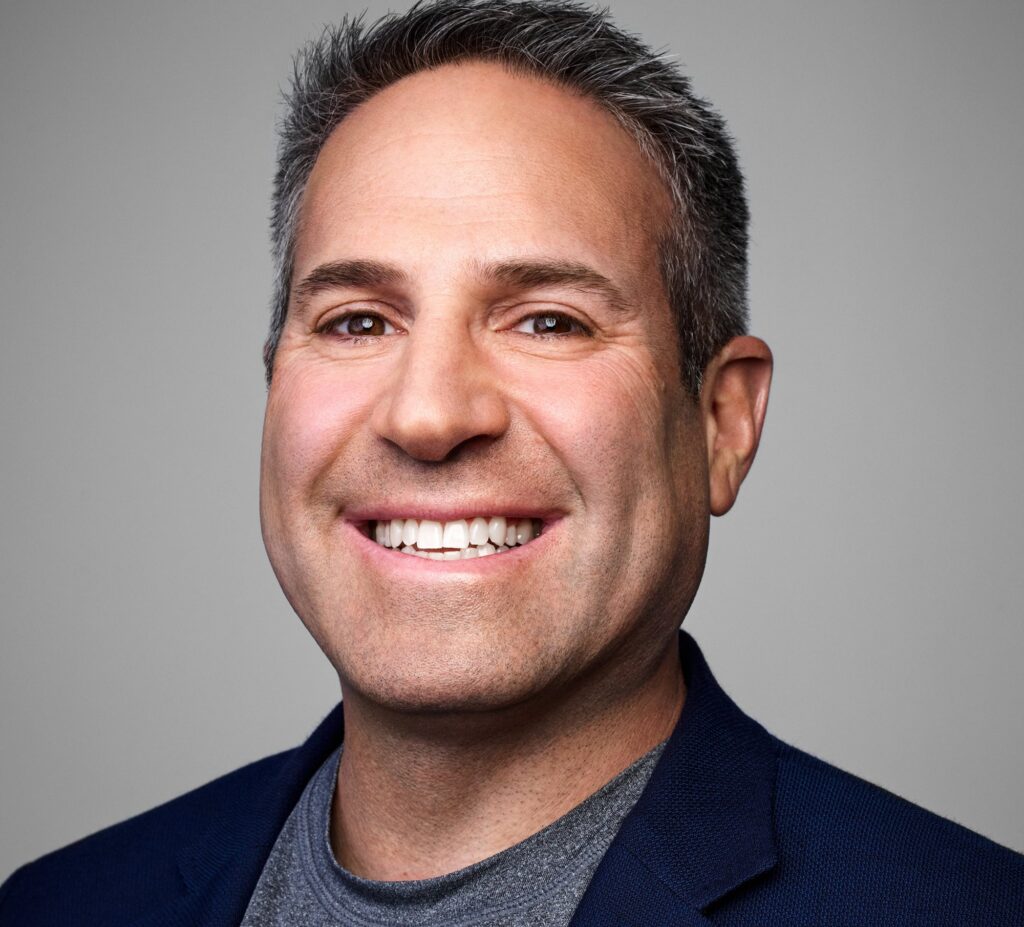The endless pursuit of loyal customers – an effort now intensified by the online shopping phenomenon – has retailers sprucing up their stores and giving point-of-purchase advertising a boost.
“Brand marketers and retailers are trying to create a better shopping experience for consumers,” says Vincent Esposito, president of Thomson-Leeds, New York City.
Efforts to tear consumers away from the competition – and keep them off the Internet – helped fuel a 5.1 percent increase in spending on P-O-P advertising in 1999 to $14.4 billion, according to estimates from promo based on industry sources. It was the second straight year revenues increased five percent.
“We’re trying to bring more of an entertainment factor to our P-O-P programs,” says Andy Edelman, president and creative director of Phoenix Display, West Deptford, NJ, an International Paper company. Pallet-style displays, which incorporate signage, motion, and color to make them stand out, are growing in popularity, Edelman says. Phoenix developed a display for Helene Curtis’s Thermasilk brand that creates the illusion of a woman’s hair drying as the customer walks past. “We’re finding more and more clients are adding bells and whistles,” he says.
Despite the trend toward entertaining, attention-grabbing displays, marketers continue to demand set-ups that are easy to assemble – to increase the likelihood that retailers will use them. The Display Group of the National Packaging Companies in Newark, NJ, is responding to the demand with “displays that are versatile and easy to set up,” says president Jeffrey Edelman. Gravity-feed, end-aisle, and pallet displays – particularly ones that come fully stocked – are popular items for NPC. The company is developing a light-weight, corrugated pallet that is 100-percent recyclable and can hold up to 28,000 pounds. The new pallet will feature a skirt that can be folded up, allowing a forklift to enter and lift it for easy installation.
Efforts to ease the burden on retailers have spurred an increase in permanent displays, says Mike Lauber, ceo of Tusco Display, which counts Kodak, Goodyear, and Kraft Foods among its 200 clients. “It’s a labor issue,” Lauber says. Stores are more willing to restock displays than to regularly replace them with entirely new displays.
MASS MERCH BUYS IN
The rapid growth of warehouse-style retail outlets such as Sam’s Club and Home Depot and other mass merchandisers including Staples and Wal-Mart has spawned an increase in floor space and opportunities for P-O-P display suppliers. Warehouse-style retailers have embraced P-O-P advertising in recent years, after initially rejecting the concept because it contradicted their efforts to “sell value, not hype,” Lauber says. “But they found when they didn’t have it, they weren’t doing their jobs.”
With mass retailers’ new-found interest, suppliers have found a relatively new client base aside from packaged goods makers, the traditional P-O-P marketer. For example, Tusco has created displays for Black & Decker in Lowe’s home improvement stores.
Insignia Systems, Plymouth, MN, also plans to capitalize on the prevalence of mass merchandisers. The company currently contracts only with supermarkets to pre-approve its shelf-edge signs, but will expand into drug stores and mass merchandisers, says vp-marketing Scott Simcox.
MIXED BAG OF CATEGORIES
High-growth categories for P-O-P displays in 1999 ran the gamut from health and beauty aids to electronics. Dick Blatt, president of Point-Of-Purchase Advertising International (POPAI), Washington, DC, says growth trends “cut across five or six very large and different categories,” which indicates overall health for the market.
Phoenix Display posted double-digit sales gains in health and beauty aids and electronics, while the pharmaceutical/cosmetics category fueled NPC’s growth.
Fast-growing categories at Einson Freeman included music and entertainment, technology, sporting goods, and accessories including eyewear and watches. In the sporting goods category, Einson Freeman created a gravity-feed display to promote Spalding basketballs and placed them in sporting goods stores and department stores to take advantage of cross-selling opportunities.
The growing demand for account-specific P-O-P for supermarkets continues to spark Insignia Systems’ growth. Insignia launched its shelf-edge sign in May 1998 and by February 1999 was approaching 4,000 contracted stores, with more than 150 additional stores signing on each month. Contracted supermarket chains include A&P, Grand Union, Pathmark, and Key Foods. More than 80 manufacturers including Kraft, Procter & Gamble, General Mills, and Keebler promote hundreds of brands with the signs.
A MEASURABLE MEDIUM
POPAI (which recently changed its name from Point-of-Purchase Advertising Institute to reflect a membership that is more than 50 percent foreign-based) is undertaking a four- to five-year study designed to make P-O-P advertising a measured medium similar to print and broadcast. The objectives are to determine what P-O-P advertising gets executed at retail, to assess consumer impressions, and to measure effectiveness in driving sales. Procter & Gamble, Anheuser-Busch, and PepsiCo’s Frito-Lay division have agreed to sponsor the groundbreaking study.
The study’s pilot phase, conducted from May to September 1999 in 100 supermarkets, found P-O-P advertising increased sales for an average of 13 weeks across a 20-week period (see box above).
Advances in technology have created both opportunities and concerns for P-O-P vendors. While the emergence of e-commerce has retailers fretting they will lose customers to online shopping sites, new technology has the potential to transform the P-O-P display industry.
Consumers can expect in-store kiosks allowing them to place orders for merchandise not available on-site, Lauber says. Don Brennan, co-director of Einson Display, Paramus, NJ, also expects to see more interactive P-O-P displays because they “get the consumer more involved.”
The trend toward digital P-O-P, as well as more creative and entertaining static displays, point to “the evolving sophistication of an industry,” Blatt says.
Results of POPAI’s pilot study:
– P-O-P advertising was found in more than half of off-shelf supermarket locations.
– Nearly 15,000 occurrences of P-O-P advertising were found in the carbonated soft drinks and salty snacks categories across a representative sample of supermarkets.
– All forms of P-O-P advertising – account-specific, manufacturer-branded, and themed – were represented; more than one-third of all P-O-P advertising featured chain-specific signage.
– P-O-P advertising increased sales for an average of 13 weeks across the 20-week survey period.
– P-O-P advertising was found to be particularly effective in increasing sales for infrequently promoted brands.
Conducted from May to September 1999 in 100 outlets of three large grocery retailers in 11 U.S. markets.
Source: Point-Of-Purchase Advertising International, Advertising Research Foundation, Prime Consulting.
– Point-of-purchase display spending increased 5.1 percent to $14.4 billion.
– Fast-growing categories included health & beauty, electronics/technology, sporting goods, and accessories.
– In response to the emergence of online shopping, retailers are using creative, entertaining P-O-P displays to attract and retain shoppers.
– The level of interest in P-O-P displays is increasing among mass merchandisers.




